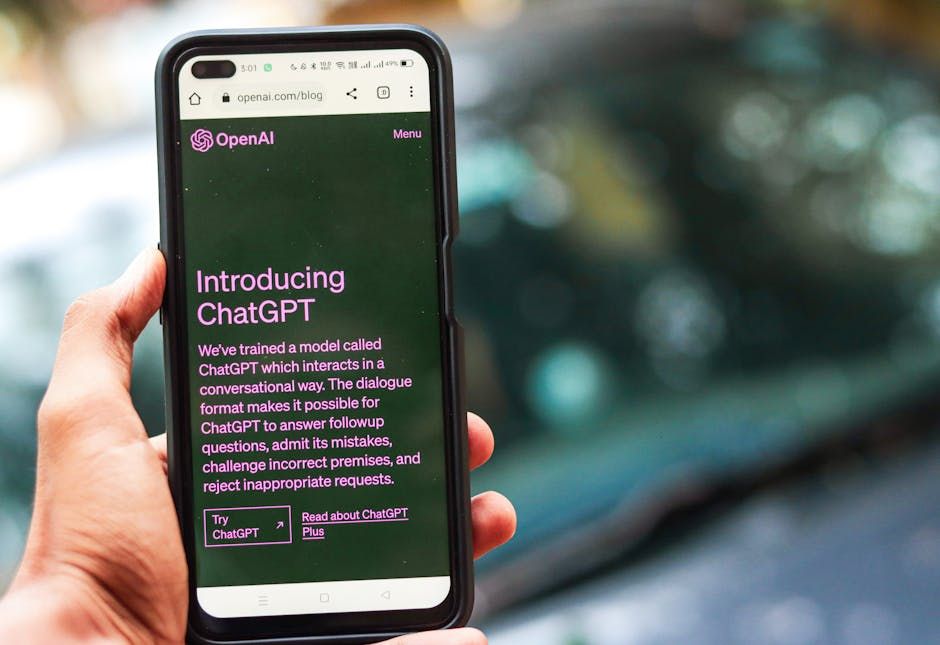Mobile app development is rapidly evolving, characterised by advancements in technology that shape user experiences and developer capabilities. With predictions indicating significant growth in mobile applications, understanding current trends is essential for developers and businesses alike. As we look towards 2024, several key trends are emerging in the mobile app development landscape.
Cross-platform development is gaining traction as businesses strive to maximise their reach across different operating systems.Frameworks such as React Native and Flutter have become increasingly popular due to their ability to create applications for both iOS and Android from a single codebase. For instance, Alibaba successfully used React Native to improve their mobile app performance and development efficiency, witnessing a reduction in development time by 30%.
While cross-platform solutions offer significant advantages, such as cost efficiency and faster deployment, they also present challenges.Performance issues can arise due to the abstraction layers used, which sometimes lead to slower load times compared to native apps.Developers must weigh these factors carefully when deciding on their app development strategy.
Artificial Intelligence (AI) is becoming a critical component of mobile app development. Integrating AI can enhance user experiences through features like personalized recommendations, chatbots, and predictive analytics. For example, Spotify utilises AI algorithms to curate playlists based on user preferences, significantly improving user engagement. As AI tools become more accessible, developers are encouraged to incorporate them into their applications to stay competitive.
To implement AI features in mobile apps, developers can follow these general steps:
- Identify the specific user need that AI can address.
- Select an appropriate AI framework, such as Tensor Flow Lite or CoreML.
- Develop and train the model using historical data.
- Integrate the AI model into the mobile application.
- Test and optimise the model based on real-time data and user feedback.
Focus on Enhanced User Experience (UX)
As competition increases, delivering an exceptional user experience is paramount. This includes intuitive navigation, minimalistic design, and fast performance. Research indicates that 88% of users are less likely to return to a site after a bad experience, highlighting the need for developers to prioritise UX. Companies like Airbnb have invested heavily in UX design, resulting in a streamlined user interface that enhances customer satisfaction and retention.
Developers often make several key mistakes when focusing on UX design:
- Ignoring user feedback: Failing to incorporate user input can lead to a product that does not meet users' needs.
- Overcomplicating design: A cluttered interface can overwhelm users, making navigation difficult.
- Neglecting mobile optimisation: Designing solely for desktop can alienate mobile users, who comprise a significant portion of traffic.
Security Concerns in Mobile App Development
With increasing cyber threats, security in mobile app development has become a top priority. Developers must incorporate security measures right from the design phase. According to a report by Cybersecurity Ventures, mobile malware attacks are expected to rise by 50% in the coming years, making it essential for developers to focus on securing their applications.
To enhance the security of mobile applications, developers should:
- Use encryption for data storage and transmission.
- Implement secure authentication methods, such as two-factor authentication.
- Regularly update the app to patch known vulnerabilities.
- Conduct security audits and penetration testing to identify potential weaknesses.
Conclusion
As we approach 2024, mobile app development will continue to be shaped by cross-platform solutions, AI integration, user experience prioritisation, and security enhancements. Developers and businesses must stay informed about these trends to remain competitive in a rapidly changing market. By embracing these developments, they can create innovative, user-friendly applications that cater to the evolving needs of consumers.

Photo by Sanket Mishra on Pexels (https://www.pexels.com/photo/webpage-of-chatgpt-a-prototype-ai-chatbot-is-seen-on-the-website-of-openai-on-a-smartphone-examples-capabilities-and-limitations-are-shown-16125027/)

Photo by Ann H on Pexels (https://www.pexels.com/photo/leadership-concept-on-pink-background-33137148/)


